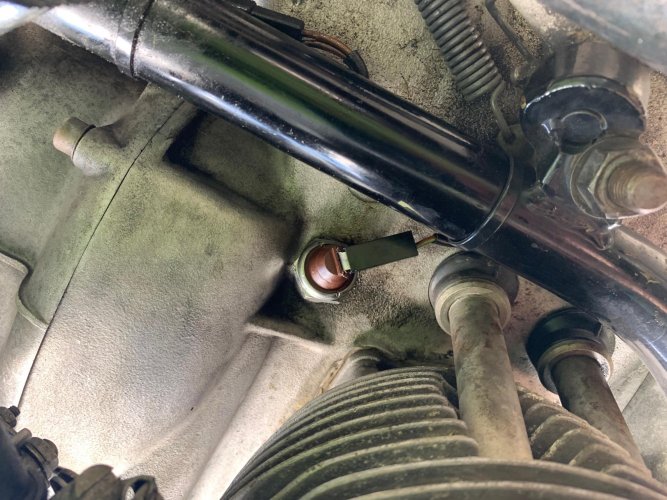Probably best to replace the switch just so you know it's good. I suppose there would be a couple of ways to check things:
- put an ohmeter across the terminals on the switch and start the bike. At some point, the resistance between the terminals should go to zero to indicate the switch is closed.
- if you're replacing the switch anyway, take the old one and and again connect the terminals with a meter. Then with an appropriate metal drift, push into the orifice to close the contacts...see that the meter shows zero resistance.
But if you want to know if the bike is creating the right level of oil pressure:
- plug in the appropriate pressure tester in place of the existing switch to confirm that you are getting the spec pressure to the switch.
- put an ohmeter across the terminals on the switch and start the bike. At some point, the resistance between the terminals should go to zero to indicate the switch is closed.
- if you're replacing the switch anyway, take the old one and and again connect the terminals with a meter. Then with an appropriate metal drift, push into the orifice to close the contacts...see that the meter shows zero resistance.
But if you want to know if the bike is creating the right level of oil pressure:
- plug in the appropriate pressure tester in place of the existing switch to confirm that you are getting the spec pressure to the switch.

